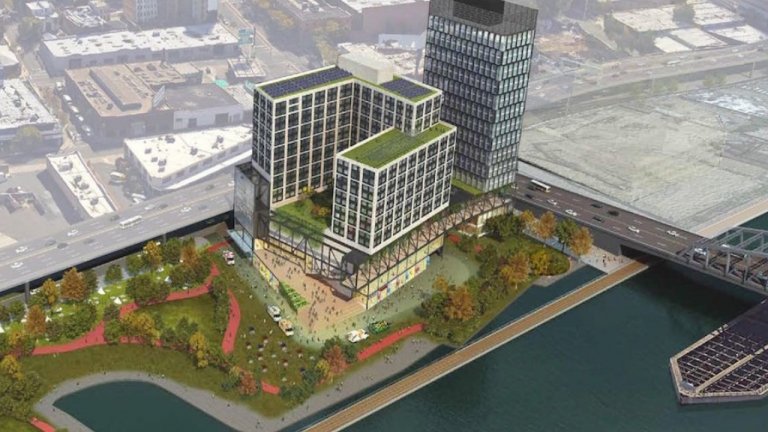After a decade of economic growth, the Bronx took a heavy hit from the pandemic, according to a new report by the State Comptroller’s office. The crisis affected the Bronx more than any of the other boroughs, the report concludes.
Prior to the pandemic, the Bronx was on track to see continued economic growth, with unemployment at an all time low and development at an all time high. But the public health crisis stalled that growth in 2020, as many Bronx neighborhoods were at higher risk of contracting COVID-19 than anywhere else in the city.
The number of Mott Haven/Hunts Point who were employed increased by a whopping 35 percent increase between 2009 and 2019, the second highest increase in the borough, according to the New York State Department of Labor. The Bronx as a whole saw a 20 percent increase in employment during that decade, while wages rose 48.4 percent.
But since the outbreak in early 2020, Bronx residents were at greater risk of contracting COVID-19, in large part because more than 70 percent work in face-to-face industries and are considered essential workers. In Hunts Point, Melrose, and Longwood, 45.2 percent of residents had three or more risk factors that left them vulnerable to COVID, according to the U.S. Census Bureau’s Community Resilience Estimates. Mott Haven saw a cumulative case rate of 10,271 per 100,000, according to the NYC Department of Health and Mental Hygiene. In comparison, Fieldston, Riverdale and North Riverdale neighborhoods, with the highest median incomes in the Bronx, had a case rate nearly 10 percent lower, with roughly 9,194 per 100,000.
“The pandemic brought to light and exacerbated the various economic and healthcare inequalities that Bronxites face,” said Assembly Member Karines Reyes, in a statement.
In addition to economic and healthcare inequalities, the borough’s education system took a hit. The number of students enrolled in Pre-K through 12th grade dropped 6.9 percent, according to data from the New York State Department of Education. Most of the decline occurred in younger grade levels, with Pre-K enrollment declining by nearly a quarter and K-6 falling 7.7 percent.
Complicating matters for young people, many Bronx households still lack access to broadband internet, slowing the transition to online learning. As of 2019, just 61.3 percent of residents in the Bronx had access to cable, fiber optic or DSL broadband, the report states, but points out that recent federal and state measures could help increase those numbers.
With that type of government financing and underway, however, the borough’s boosters predict a swift recovery.
“While the pandemic hit our borough hard, we will come back strong and move forward with large infrastructure projects,” said Bronx Borough President Ruben Diaz Jr. in a statement.
As of April 2021, unemployment has gradually declined to 15 percent from a high of 24.6 percent in May 2020. In addition, federal Paycheck Protection Program (PPP) loans have started to reach more Bronx businesses.
The Comptroller’s report notes that despite the slowdown, major projects in the South Bronx are back on track. In January 2021, construction on the Bronx Point development began in Melrose, featuring 1,045 apartments, educational and community spaces and retail space, as well as the Universal Hip-Hop Museum.
As long as the government continues to help prop the borough’s hardest hit residents back up, Comptroller Thomas DiNapoli points out in the report, the progress that took place between 2009 and 2019 is likely to start back up again.
“More than a year of sustained damage caused by the COVID-19 pandemic has taken a toll on the Bronx, throwing it off its pre-pandemic course,” DiNapoli said in the report. “The borough has proven its resilience before, with its recent long period of renewal aided by government efforts to provide basic services and boost economic activity and quality of life in the borough.”

